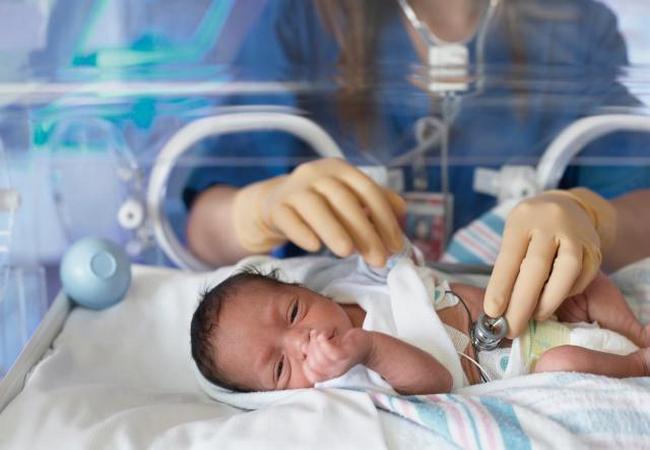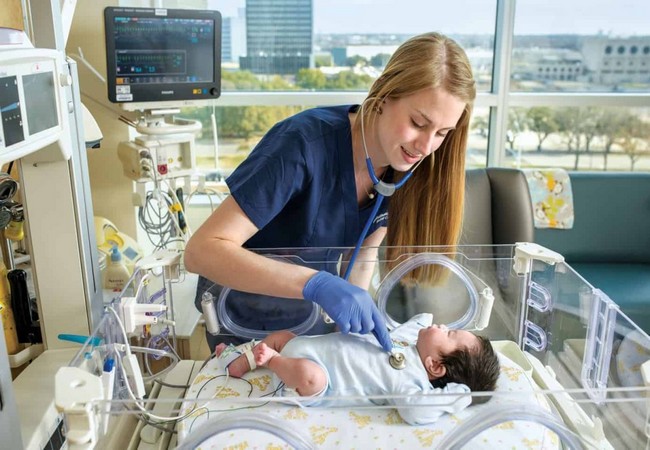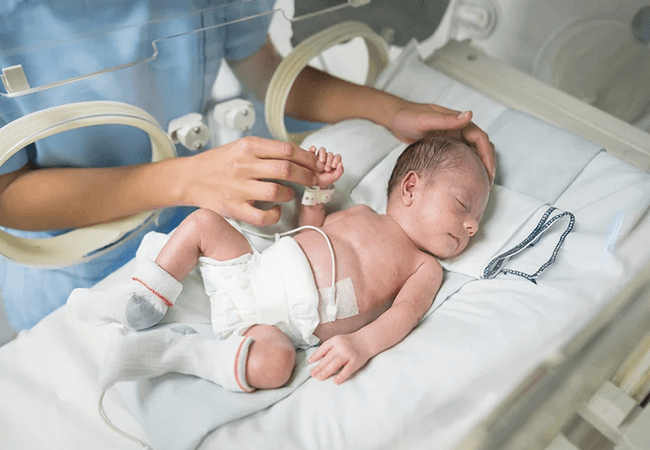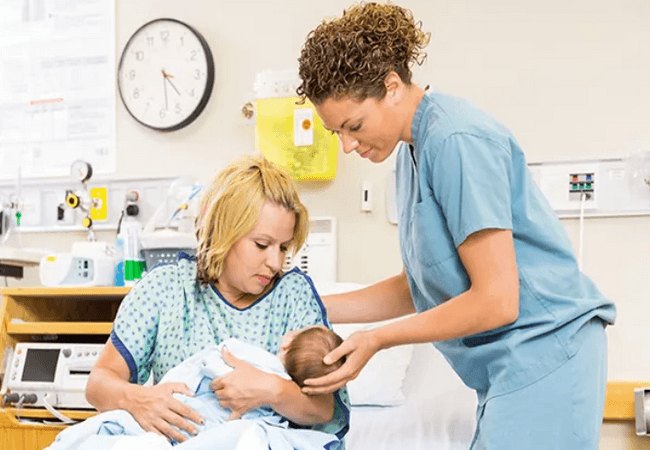Who are High Risk Newborn?
An unacceptable number of babies around the world die in the first week of life, with the highest number dying within the first 24 hours of birth, and most within the critical first week. Many of these deaths occur to babies born too early and too small, or with infections; or to babies asphyxiated around the time of delivery. Studies have shown that many newborn lives can be saved by the use of simple low-technology interventions.

The right care can help to reduce the risk of complications in the newborn. Trying to prevent, or if not possible to prevent, then to detect, diagnose and treat problems early can also contribute to improved outcomes for infants.
High risk newborns are those who need special attention and close observation because of presence of certain adverse factors. Any baby exposed to any condition that make the survival rate of the neonate at danger. A high risk is define as any neonate when is in danger of serious illness or death as a result of prenatal, perinatal, or neonatal result of prenatal, perinatal, or neonatal conditions, regardless of birth weight or conditions, regardless of birth weight or gestational age.
You can read: Classification or Types of High Risk Newborn or Neonates
Danger Signs for a Newborn or Neonate:
Danger signs are the clinical features which may suggest that the neonate is sick and needs early referral to an appropriate health care facility. Parents and health workers should be aware of these signs so that there is n0 undue delay in seeking care. Some of the common danger signs are enumerated below:
- Failure to pass meconium within 24 hours,
- Failure to pass urine within 48 hours,
- Lethargy/ poor feeding,
- Respiratory distress: fast breathing, retraction, grunting,
- Abnormal color: Pallor / cyanosis/ jaundice,
- Jaundice within 24 hours or persisting beyond 14 days,
- Hypothermia / Hyperthermia,
- Abnormal movements (seizures),
- Persistent vomiting,
- Diarrhea,
- Abdominal distension,
- Bleeding from any site,
- Poor weight gain/weight loss.
How to Identify High Risk Newborn or Neonate?
Some newborns require additional attention and care during home visits to minimize their health risks.
1. Low-birth-weight babies:
- Increased attention to keeping the newborn warm, including skin-to-skin care immediately following birth for at least an hour, unless there are medically justifiable reasons for delayed contact with the mother;
- Assistance with initiation of breastfeeding within the first hour after birth, such as helping the mother express breast milk for feeding the baby from a cup if necessary. (If a baby is unable to accept feeding from a cup, the newborn should be referred to a hospital);
- Extra attention to hygiene, especially hand washing;
- Extra attention to health danger signs and the need for care; and
- Additional support for breastfeeding and monitoring growth.
2. Sick newborns:
- The families of newborns with severe illness should be helped in locating a hospital or facility to care for the baby; and
- Newborns should be treated for infections (e.g. with antibiotic injections) by a nurse, doctor or skilled health worker.
3. Newborns of HIV-infected mothers:
- Preventive antiretroviral treatment (ART) for mothers and newborns to prevent opportunistic infections;
- HIV testing and care for exposed infants; and
- Counseling and support to mothers for infant feeding. (Community health workers should be aware of the specialized issues around infant feeding. Many HIV-infected newborns are born prematurely and are more susceptible to infections).
Identify High Risk Newborn:
Identification of high risk neonates is very important responsibility of the personnel at delivery room. Careful assessment should be done to detect the problems and to initiate prompt management in better health care facilities or in special care neonatal units. The following babies are transferred to the special care management without unnecessary delay. Such as-
- Birth weight less than 2000g,
- Gestational age less than 36 weeks,
- Severe birth asphyxia with 5 minutes Apgar score of 3 or less,
- Rh-incompatibility,
- Gross congenital malformations,
- Maternal diabetes mellitus,
- Respiratory distress or any other systematic problems of neonates,
- Unwell or unwed or unwilling mother.
More questions related to this article:
- Define high risk newborn.
- What do you mean by the term high risk neonate?
- Who are high risk babies?
- What is the risk of neonate?
- Who are the high-risk babies?
- What are the danger signs for a neonate?
- Write the indications for referral the neonate in special care unit.
- Who are considered in high-risk newborns?
- How will you assess high risk new born?
- How will you identify high risk new born?











